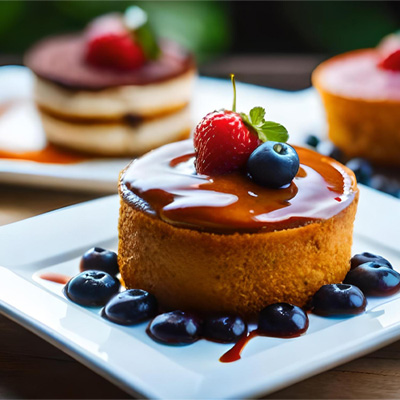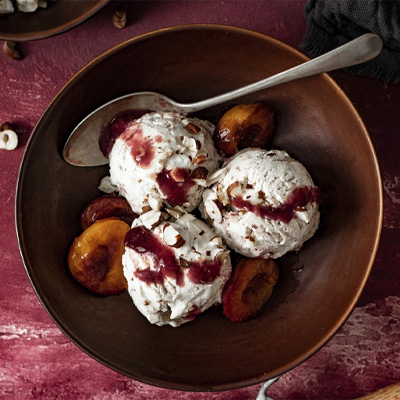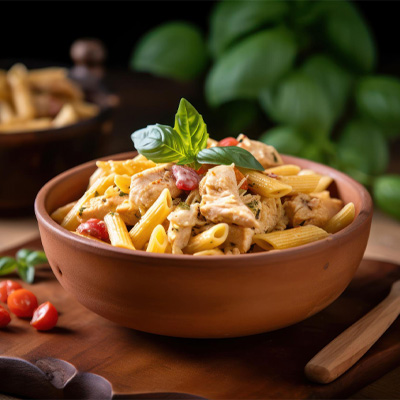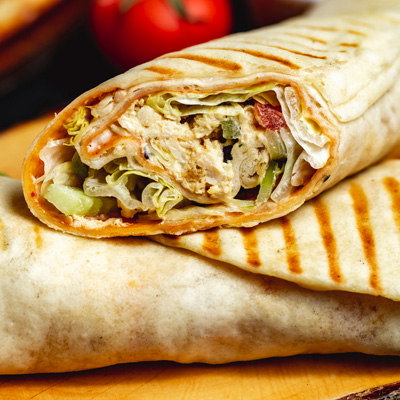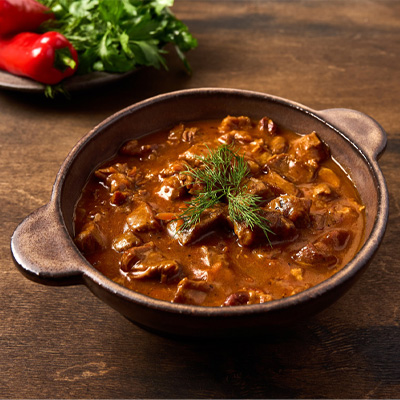Cellophane noodles, also known as glass noodles or bean thread noodles, are a unique and versatile ingredient that has found its way into a variety of Asian cuisines. Made from mung bean starch, these translucent noodles have a delicate texture and a remarkable ability to absorb flavors. In this article, we'll take a closer look at cellophane noodles, from their origins to their culinary applications, and explore the ways they add a touch of magic to dishes around the world.
Nutrition Facts
- Kcal
290 - Fat
8 g - Choles
85 mg - Sodium
690 mg - Carbs
38 g - Fiber
3 g - Sugar
10 g - Protein
18 g
Note: The nutrition facts are approximate values and may vary based on the specific ingredients used and any additional toppings or syrups added.
Ingredients
- 4 oz dried cellophane noodles
- 1/2 pound medium shrimp, peeled and deveined
- 1 cup julienned carrots
- 1 cup thinly sliced cucumber
- 1/2 cup thinly sliced red bell pepper
- 1/4 cup chopped fresh cilantro
- 2 tablespoons chopped roasted peanuts
- 2 tablespoons lime juice
- 2 tablespoons soy sauce
- 1 tablespoon sesame oil
- 1 tablespoon honey or brown sugar
- 2 cloves garlic, minced
- 1 teaspoon grated fresh ginger
- Red pepper flakes (optional, for heat)
- Salt and pepper to taste
Directions
- Cook the cellophane noodles according to the package instructions. Drain, rinse with cold water, and set aside.
- In a bowl, whisk together lime juice, soy sauce, sesame oil, honey (or brown sugar), minced garlic, grated ginger, and red pepper flakes (if using). Adjust the seasonings to taste.
- In a large mixing bowl, combine the cooked cellophane noodles, julienned carrots, sliced cucumber, red bell pepper, and chopped cilantro.
- Heat a skillet over medium-high heat. Add a small amount of oil and cook the shrimp for about 2-3 minutes on each side, or until they are pink and cooked through. Season with salt and pepper.
- Add the cooked shrimp to the noodle and vegetable mixture.
- Pour the prepared dressing over the salad and toss everything together to combine.
- Divide the salad among serving plates or bowls.
- Garnish with chopped roasted peanuts and additional cilantro.
- Serve the cellophane noodle salad as a light and refreshing dish.
A Journey Through History
The history of cellophane noodles dates back to ancient China, where they were believed to have been created during the Tang Dynasty. Originally made from a mixture of yam and other starches, these noodles gradually evolved into the mung bean starch-based cellophane noodles we know today. Over the centuries, these noodles spread across Asia, becoming an integral part of dishes in countries such as China, Thailand, Vietnam, and Korea.
The Art of Preparation
Cellophane noodles owe their unique texture to the meticulous preparation process. To create these delicate strands, mung bean starch is mixed with water and then extruded into noodles. These noodles are then dried, resulting in their characteristic translucent appearance. When cooked, cellophane noodles become soft, slippery, and slightly chewy, making them a delightful addition to a wide range of dishes.
Culinary Versatility
Cellophane noodles are prized for their ability to absorb the flavors of the ingredients they're cooked with. This characteristic makes them a perfect canvas for creating dishes with layers of taste and texture. Let's explore some culinary applications of cellophane noodles:
-
Spring Rolls
Cellophane noodles are often used as a filling in spring rolls. When combined with vegetables, herbs, and protein, they create a satisfying crunch and a burst of flavors.
-
Stir-Fries
In stir-fries, cellophane noodles add a delicate and light element to the dish. Their quick cooking time makes them an ideal addition to vibrant and colorful stir-fry creations.
-
Soups and Stews
Cellophane noodles are commonly used in Asian soups and stews. They absorb the rich broth and mingle with other ingredients, adding a pleasing contrast of textures.
-
Salads
Cold cellophane noodle salads, often tossed with refreshing vegetables, herbs, and a zesty dressing, are a popular choice for hot summer days.
-
Noodle Bowls
Create wholesome and satisfying noodle bowls by combining cellophane noodles with a variety of cooked and raw vegetables, proteins, and savory sauces.
FAQs about Cellophane Noodles
Are cellophane noodles the same as rice noodles?
A: No, cellophane noodles are made from mung bean starch, while rice noodles are made from rice flour. They have different textures and culinary applications.
Do cellophane noodles require pre-soaking?
A: Some cellophane noodles may require soaking in hot water before use, while others can be cooked directly in boiling water or added to dishes.
Can cellophane noodles be used in non-Asian cuisines?
A: Yes, cellophane noodles can be used creatively in various cuisines to add unique textures and absorb flavors.
Are cellophane noodles suitable for a gluten-free diet?
A: Yes, cellophane noodles are naturally gluten-free, making them a great option for individuals with gluten sensitivities.
Conclusion
Cellophane noodles, with their delicate appearance and culinary adaptability, have woven their way into the tapestry of Asian cuisine. From their ancient origins to their modern applications, these translucent strands bring a touch of elegance and a world of possibilities to your plate. Whether you're exploring traditional dishes or experimenting with new flavors, cellophane noodles offer a delightful journey through taste, texture, and cultural richness.



